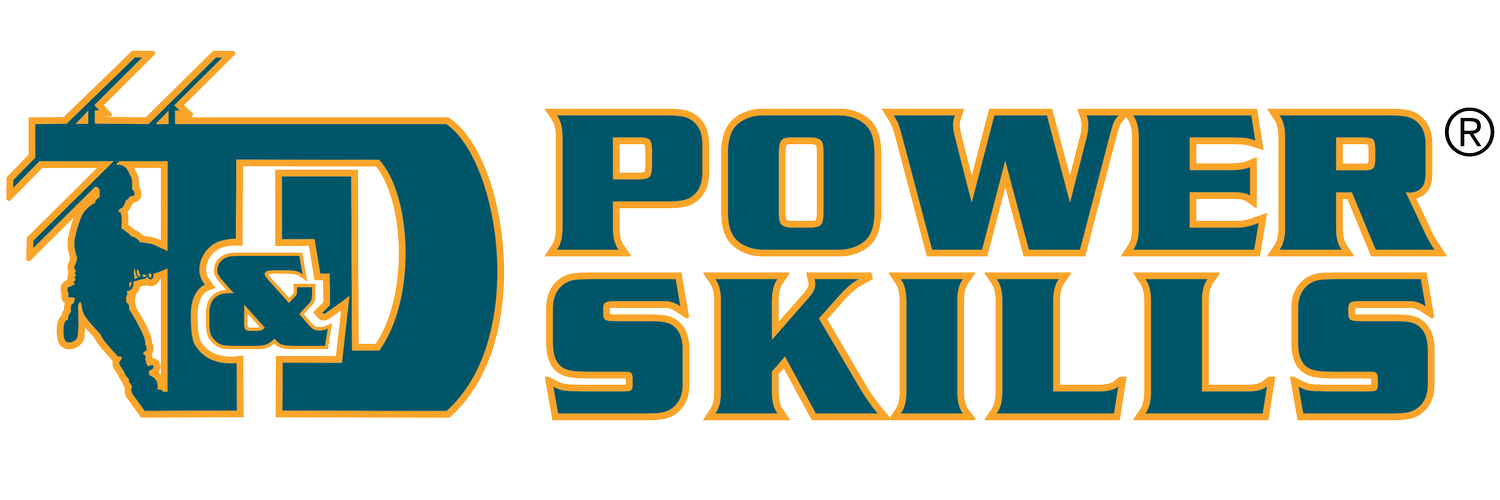Introduction to Metering
COURSE DESCRIPTION
This course is designed to present an overview of kilowatt-hour meters and meter operation. Although the program is intended to be introductory, several devices, procedures, and concepts presented assume a familiarity with basic electrical theory and distribution systems. Students without this prior training may require additional explanation or instruction.
COURSE GOALS
Describe the basic design and operation of a modern electro-mechanical watt-hour meter.
Identify the types of information found on a watt-hour meter nameplate, and describe what the information signifies.
Describe single-phase and three-phase meter applications and connections.
Identify typical signs of meter tampering.
SUBJECTS AND OBJECTIVES
Basic Concepts of Metering
Identify several early types of electromechanical watt-hour meters.
Identify the basic parts of a modern electromechanical watt-hour meter.
Describe the operating principles of a modern electro-mechanical watt-hour meter.
Self-Contained Meter Application
Explain the difference between self-contained meters and transformer-rated meters.
List and explain some of the information typically found on meter nameplates.
Identify the characteristics of a typical three-phase delta service and a typical three-phase wye service.
Transformer-Rated Meter Application
Explain how an instrument transformer is connected to a transformer-rated meter.
Identify the two main classifications of instrument transformers.
State the function of a test switch.
Meter Testing
Describe the basic steps for conducting a comparison test on a single-phase watt-hour meter.
Explain the function of a standard.
Describe how a standard is used to conduct accuracy tests.
Meter Technician Responsibilities
Identify meter technician responsibilities as they relate to several forms of power “theft”.
